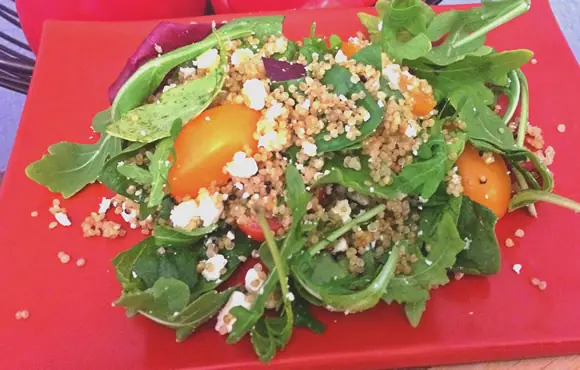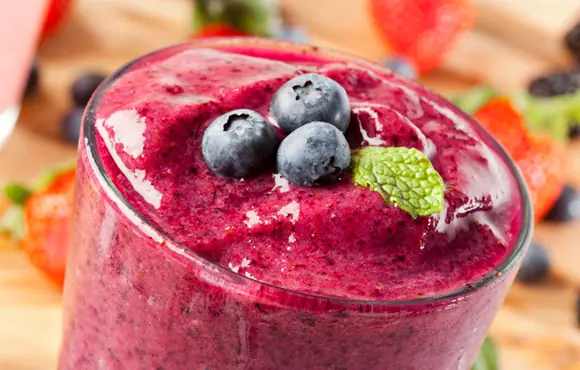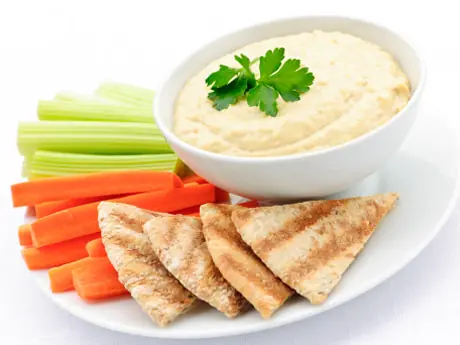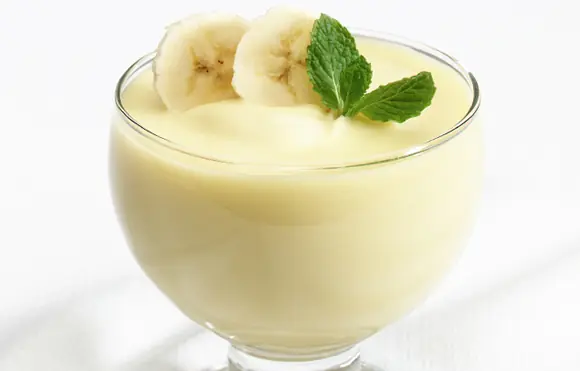Apples
1 of 11
Apples are one of the most well-known and abundant of the sweet harvest foods. Their sugars help increase blood glucose levels, which can give athletes a boost during workouts. Because these sugars are easily absorbed, they don't bring about the dreaded crash that other sugars cause. Eat apples with a side of almond butter for a post-workout snack or incorporate them into pre-workout soups.
Beets
2 of 11
Beets are jam-packed with nitrates. Research has shown that when athletes incorporate nitrates into their meals, the amount of oxygen needed to workout is lessened. For this reason, many athletes guzzle beet juice before a race. But if juicing isn't your thing, try steaming beets in vegetable broth or roasting them with your favorite spices.
Cabbage
3 of 11
Endurance athletes can benefit from any varietal of this leafy vegetable. Its vitamin K is necessary for strong bones and vitamin C helps boost the immune system. Cabbage also contains trace amounts of inflammation-fighting omega-3 fats. Add chopped cabbage to soups or toss it into salads. You can even stuff cabbage leaves with ground turkey and spices, and bake them for an easy, protein- and fiber-rich meal.
Cranberries
4 of 11
Cranberries come in second on the list of fruits that are highest in antioxidants (blueberries are No. 1). These free-radical fighting nutrients aid in recovery by fighting the athlete's arch-nemesis: inflammation. Although cranberries are commonly associated with Thanksgiving dinner, there are many uses for these rotund, tart berries. Add them to homemade baked goods, smoothies, salads and sauces.
Fennel
5 of 11
Fennel, which tastes a lot like black licorice, is a natural digestive and has been shown to combat nausea and acid reflux. This root is rich in potassium and manganese, which aid in the growth, development and maintenance of bones. Add sliced, raw fennel to salads, boil it in soups, or roast it in the oven and serve it as a side dish to your favorite lean protein.
Figs
6 of 11
Early Olympic athletes in Greece used figs as training food. Why? They come stacked with B vitamins, calcium and potassium, all of which peak muscle function and grant bone health. They're also rich in pectin fiber, which has been shown to reduce cardiovascular risk. Figs can be enjoyed fresh or dried, and may be incorporated into savory and sweet meals, or paired with cheese for a healthy snack.
Grapes
7 of 11
Grapes are high in fiber and antioxidants. They also contain glucose, which replenishes muscle glycogen and makes them a great addition to your post-workout snacks and meals. Just be sure to combine them with a protein so they don't spike your blood sugar. Blend grapes into a protein-rich smoothie, or add them to quinoa or chicken salad.
Leeks
8 of 11
Although they come from the same family as garlic and onions, leeks are easier to digest than other onions. They're also more delicate in flavor. The tall, slender plants contain antioxidants that protect blood vessels and cells from oxidative damage, and kaempferol, a flavonoid that reportedly protects blood vessel linings from damage. Add them to your favorite fall soup.
Pumpkin
9 of 11
When it comes to pumpkins, October may be the first month that comes to mind. But pumpkins are actually in season starting in mid-September. Pumpkins are rich in vitamin A and carotenes. The flesh and the seeds are also an excellent source of fiber, and the seeds are high in protein. Try roasted pumpkin seeds for a post-workout snack, or incorporate fresh pumpkin into risotto or a gratin.
Sheep-Milk Cheeses
10 of 11
After grazing throughout the summer, sheep produce milk that reaches its flavor peak in September. Many artisan cheese makers produce their best products during this time of year. Sheep milk has almost double the fat and protein content of cow or goat milk. It also contains more vitamins and minerals, including calcium, phosphorus, potassium and vitamins A, B and E. Eat sheep-milk cheese with fruit, melt it on tortillas or add it to pasta and quinoa recipes.






Discuss This Article